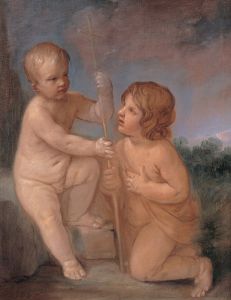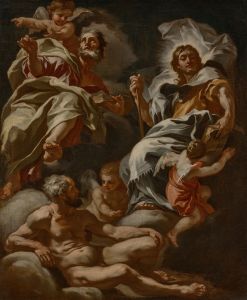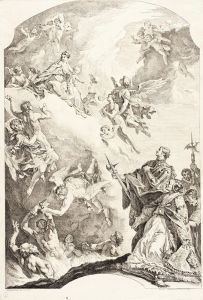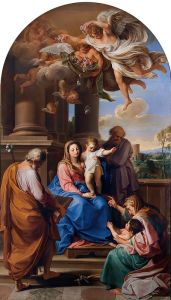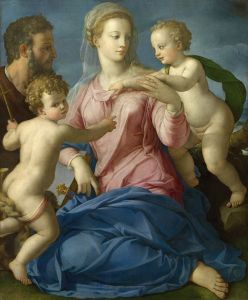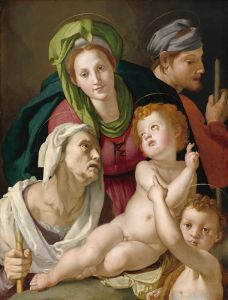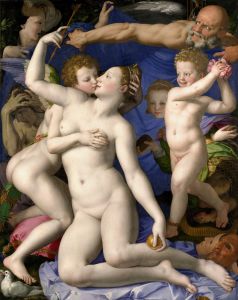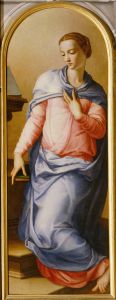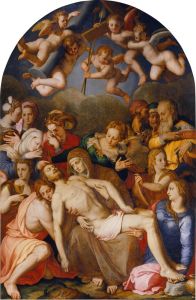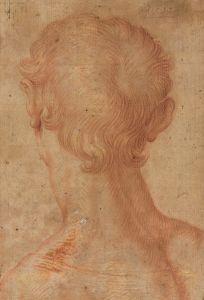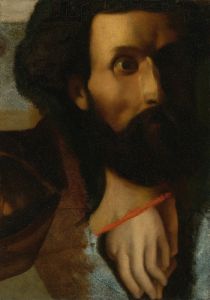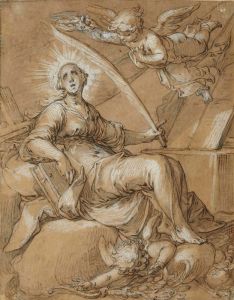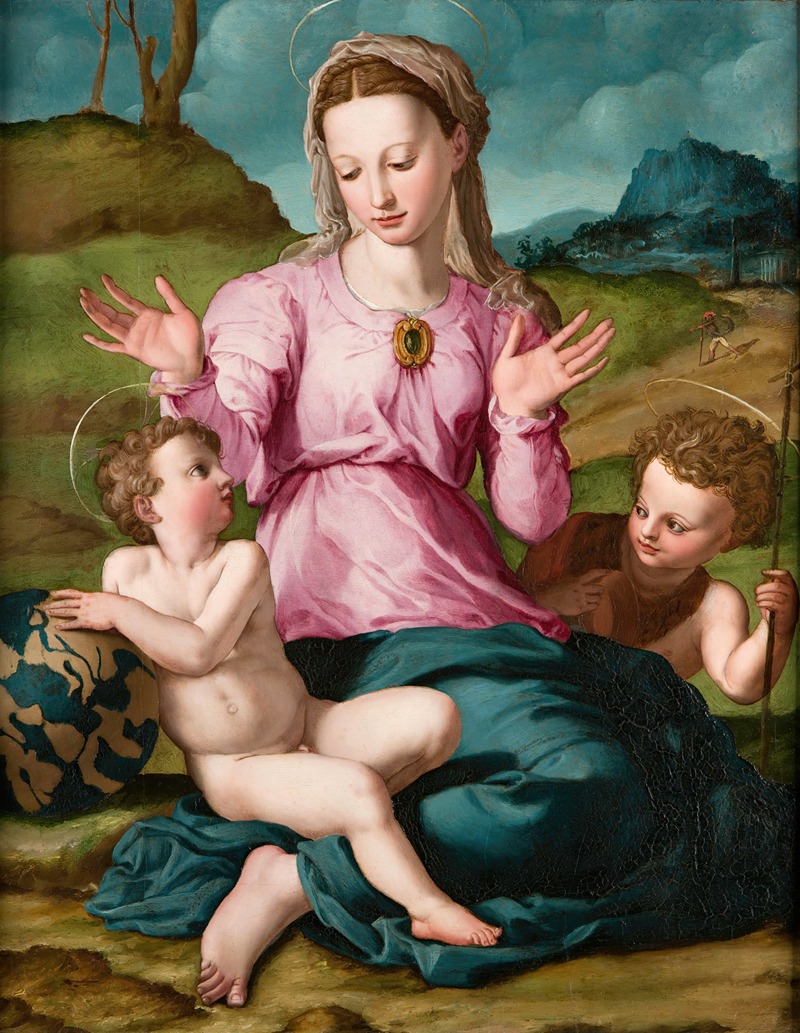
Madonna and Child with Saint John the Baptist
A hand-painted replica of Agnolo Bronzino’s masterpiece Madonna and Child with Saint John the Baptist, meticulously crafted by professional artists to capture the true essence of the original. Each piece is created with museum-quality canvas and rare mineral pigments, carefully painted by experienced artists with delicate brushstrokes and rich, layered colors to perfectly recreate the texture of the original artwork. Unlike machine-printed reproductions, this hand-painted version brings the painting to life, infused with the artist’s emotions and skill in every stroke. Whether for personal collection or home decoration, it instantly elevates the artistic atmosphere of any space.
"Madonna and Child with Saint John the Baptist" is a painting attributed to the Italian Mannerist artist Agnolo Bronzino, who was active during the 16th century. Bronzino, whose full name was Agnolo di Cosimo, was a prominent painter of the Florentine school and is known for his sophisticated and elegant style, which was highly influential during the Mannerist period.
This particular work, "Madonna and Child with Saint John the Baptist," exemplifies Bronzino's mastery in portraying religious subjects with a refined and polished aesthetic. The painting depicts the Virgin Mary holding the Christ Child, with Saint John the Baptist, who is often shown as a child in such compositions, present in the scene. This grouping is a common theme in Renaissance art, symbolizing the connection between Jesus and his forerunner, John the Baptist.
Bronzino's treatment of the figures is characterized by his typical use of elongated forms and graceful poses, which are hallmarks of Mannerism. The figures are rendered with a smooth, almost porcelain-like finish, demonstrating Bronzino's meticulous attention to detail and his ability to convey a sense of serene beauty. The composition is carefully balanced, with the figures arranged in a harmonious manner that draws the viewer's eye across the canvas.
The color palette used in the painting is another notable aspect of Bronzino's style. He often employed rich, vibrant colors, and this work is no exception. The use of deep blues, reds, and greens adds to the visual impact of the painting and enhances the sense of depth and volume in the figures. The drapery of the Virgin Mary's garments, in particular, is depicted with a luxurious texture that showcases Bronzino's skill in rendering fabric.
In terms of iconography, the presence of Saint John the Baptist as a child is significant. He is often depicted in art as a young boy with a reed cross, symbolizing his role as the precursor to Christ. In this painting, his interaction with the Christ Child may suggest themes of prophecy and salvation, common motifs in religious art of the period.
Bronzino's work was highly regarded by his contemporaries, and he served as the court painter for the Medici family in Florence. His portraits and religious paintings were celebrated for their elegance and technical precision. "Madonna and Child with Saint John the Baptist" reflects these qualities and contributes to Bronzino's legacy as one of the leading artists of the Mannerist movement.
While specific details about the commission or provenance of this particular painting may not be extensively documented, it remains an important example of Bronzino's religious compositions. The painting is representative of the broader trends in 16th-century Italian art, where artists sought to convey spiritual themes through a combination of idealized beauty and complex compositions.
Overall, "Madonna and Child with Saint John the Baptist" is a testament to Bronzino's artistic achievements and his ability to convey religious themes with both grace and sophistication. The painting continues to be appreciated for its aesthetic qualities and its place within the rich tapestry of Renaissance art.






